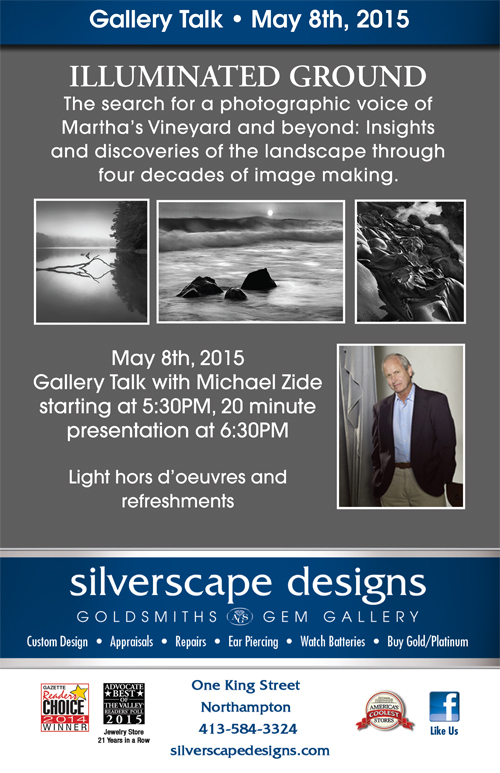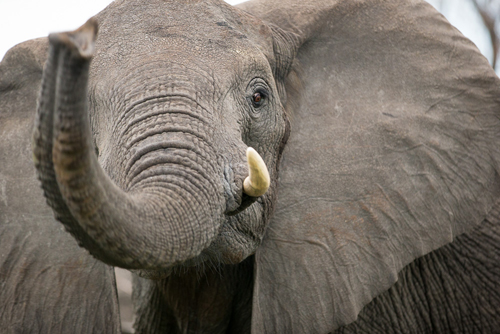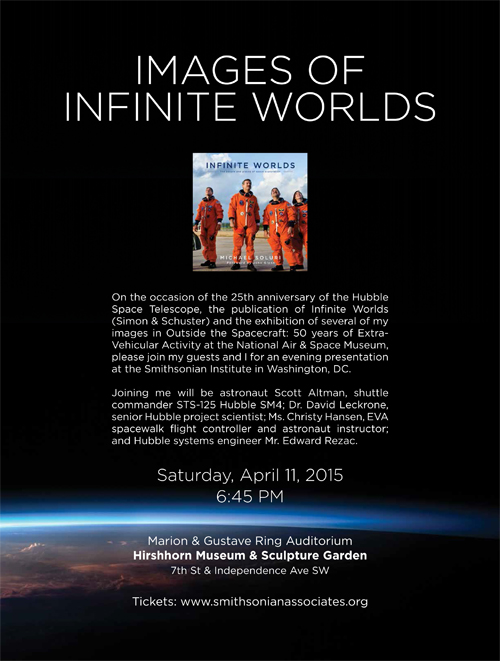
Choosing the Right Paper Surface for a Particular Image
Not a glossy paper user? See what Moab Master Will Crockett has to say about this in the above clip.
Will is also doing an in-store demo at PROCAM in Michigan this Friday, April 17th. See the video for more infromation.
A Year in the Life of an African Wildlife Photographer and Better B&W Printing

Come and share 90 minutes with renowned African wildlife photographer and workshop instructor Andy Biggs. Andy will share a typical year in his life as a wildlife photographer by discussing the myriad safari locations he travels to in Africa. From the wide open savannah of the Serengeti in Tanzania to the seasonal waters of the Okavango Delta in Botswana, Andy will tell you how he travels from jet planes to bush planes and helicopters to Land Rovers. Receive practical advice about how to photograph wildlife and discover how he travels internationally to hard-to-reach locations. Andy will share his award winning photographs, along with the stories behind each image, and what equipment he used to create beautiful images. You will also learn how he creates more impactful fine art black and white prints when he is back home and in his studio. He will discuss how he selects his papers, what printers he uses, how to get rich, deep blacks and a wide tonal range and different options for software for better B&W output.
Behind the Scenes of the Final Mission to Service the Hubble Telescope
Nicole Crowder from the Washington Post wrote a facinating article including an interview with Moab Master, Michael Soluri about his experience with "Infinite Worlds". On April 11, Smithsonian Associates will present a seminar at the Hirshhorn Museum as part of the 25th anniversary of the Hubble Telescope featuring four individuals who played key roles in Service Mission SM4.
In Sight: Was there ever a moment during this whole process when you stepped back and reflected on the magnitude of what you were documenting?
Soluri: Oh yes. It amazed me that all of this was made in the United States. I’m realizing that these astronauts and crew members really care about what they’re doing. They care about their precision the same way I care about mine as a photographer. There is that sense of duty and dedication. Science is happening on its own through engineering. I think sometimes the country forgets that. I’m from upstate New York, and I would go to these small towns and fireman’s festivals sometimes and look for that sense of what is America. In the images of these people and astronauts who worked on the Hubble telescope project, that’s a piece of Americana within their world. This is their work world, and this is the culture of American space flight. This book represents what was and what would be. The telescope cannot be repaired mechanically. The Hubble works, but the human touch is what was needed."
Read more on the Washington Post webpage.




